Food, throughout history, has transcended its basic role as sustenance and evolved into an intricate tapestry of culture, identity, and tradition. The profound connection between food and culture is palpable in the diverse array of cuisines found around the world. The way we eat, cook, and share meals is deeply intertwined with our cultural heritage. In the face of globalisation and the ever-expanding influence of fast food, the importance of safeguarding and preserving traditional culinary practices becomes paramount. Cultural influences on nutrition extend beyond borders - migratory patterns and globalisation have led to a beautiful fusion of culinary practices. Communities are bringing their traditional foods with them, enriching the culinary landscape. Embracing this diversity not only broadens our palates but also deepens our understanding of different cultures. Food experts specialising in regional cuisine help us delve into the essence of cultural influences on nutrition and the significance of preserving these time-honoured traditions through the celebration of traditional cuisine.
Culinary Chronicles Of Identity
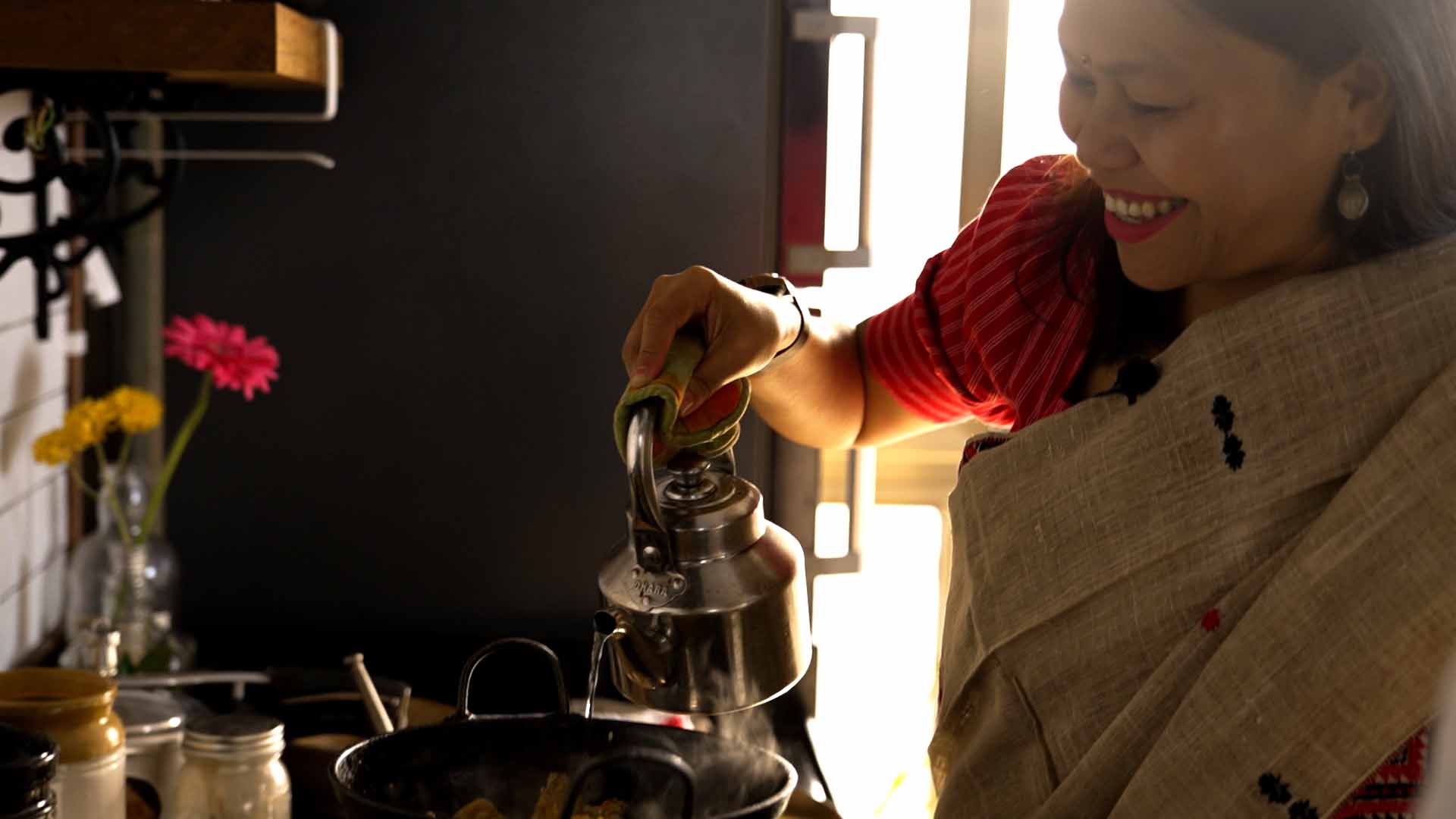
Home chef Gitika Saikia specialises in Assamese cuisine
Food plays a pivotal role in shaping cultural identity. Each region's cuisine reflects historical, geographical, and socio-economic factors, making it a rich tapestry of flavours and traditions. As communities pass down recipes from one generation to the next, they are passing down the essence of their culture itself. “These culinary practices are passed down through generations, carrying with them a sense of belonging,” said home chef, Gitika Saikia who specialises in Assamese cuisine. “Cultural diversity is vividly reflected in the foods that people prepare and consume. When we consume traditional dishes, we're partaking in a journey through time and a connection to our ancestors. “The influence of agriculture and farming practices throughout history has shaped the ingredients and recipes of Assamese cuisine. These dishes tell stories of a region's history, geography, and socio-economic conditions,” she added.
Nutritional Wisdom From Our Ancestors
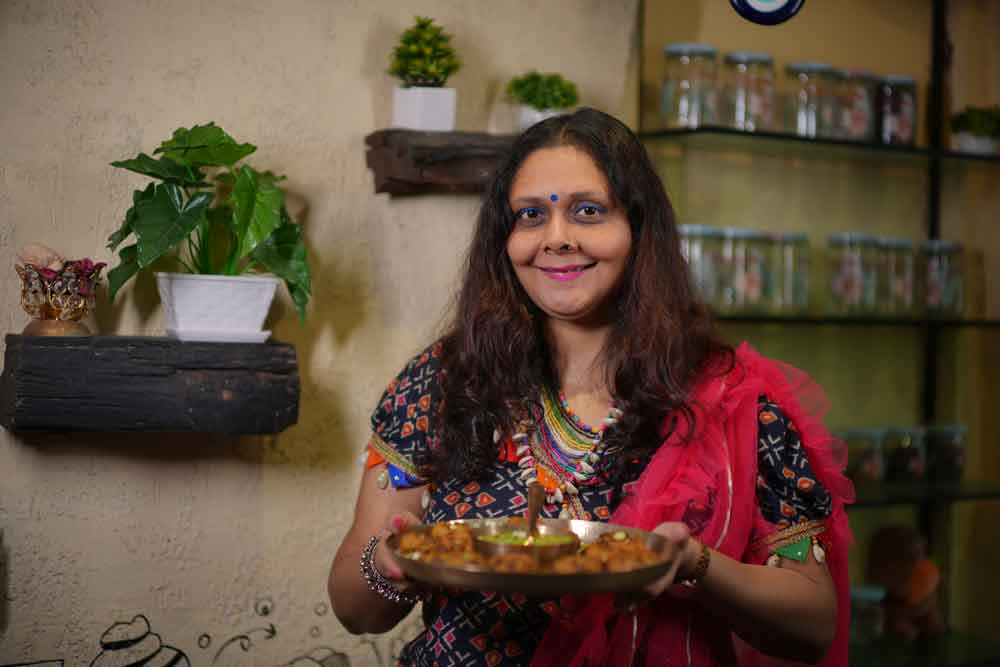
Beyond the cultural significance, traditional diets hold invaluable nutritional wisdom, there’s a reason why nutrition experts are big on eating what is made at home. These diets were crafted with a keen understanding of the available resources and the physiological needs of a particular community. Surti home chef Shital Kakad shared that ingredients and cooking methods were often chosen to provide balanced nutrition based on the available resources and environmental conditions. For example, Gujarati cuisine exemplifies a harmonious blend of flavours, textures, and ingredients, often embracing the principles of Ayurveda. Ingredients like turmeric, fenugreek, and various spices not only add depth to the taste but also carry potential health benefits that have been recognised for generations. These traditional practices embody a holistic approach to nourishment, aligning with contemporary nutritional insights.”
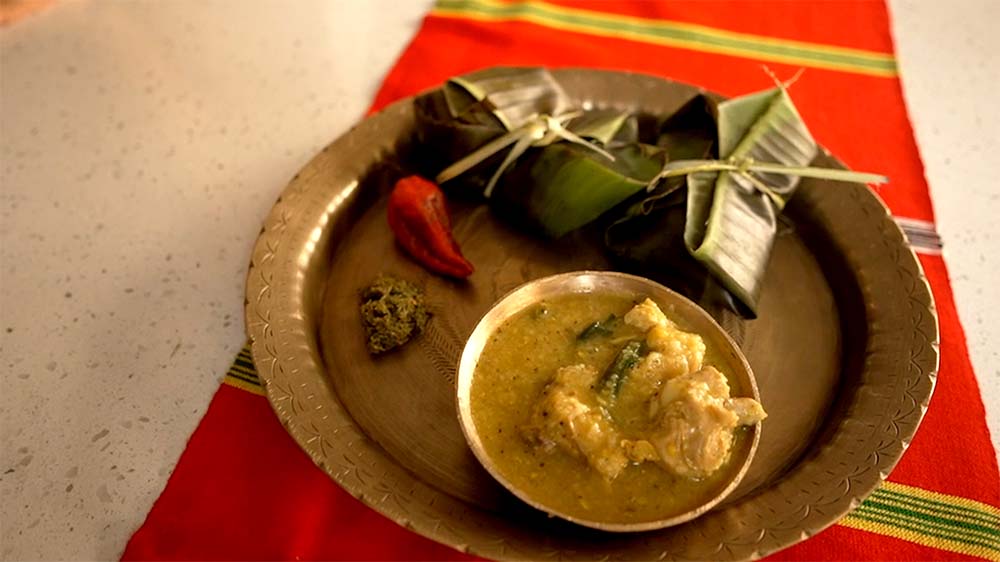
Pitang Oying, Mishing Dish (Chicken Cooked In Rice Flour And Lentil) by Gitika Saikia
This wisdom is evident in world cuisine as well – the Mediterranean diet is celebrated for its heart-healthy benefits due to its emphasis on olive oil, fish, vegetables, and whole grains. Similarly, the Japanese diet's reliance on fish, seaweed, and fermented foods has been linked to the country's longevity and overall well-being. “Dietary traditions stand as a testament to the knowledge of our ancestors, who selected ingredients and cooking methods that nurtured both body and soul and have sustained communities for centuries. From rice and fish to herbs, vegetables, and meats, Assamese cuisine showcases the assimilation of local resources and influences. The use of bamboo and banana leaves for cooking and serving harks back to resourcefulness and sustainability practices rooted in history.” said Saikia.
Navigating the Preservation Challenges

Mumbai-based Bengali home chef Madhumita Pyne
While the desire to preserve traditional food practices and regional cuisine is strong, the preservation of traditional food practices comes with its share of challenges - urbanization, evolving lifestyles, and the infiltration of global food. The lack of knowledge about traditional ingredients and cooking techniques is the core reason leading to their gradual disappearance. “From the delicate hilsa fish preparations to the fragrant rice dishes, every plate encapsulates the essence of Bengal’s rich culture. Reviving traditional foods is a critical endeavour for cultural conservation. Community-driven initiatives, culinary workshops, and food festivals serve as platforms for educating people about the significance of their culinary heritage,” said home chef Madhumita Pyne.
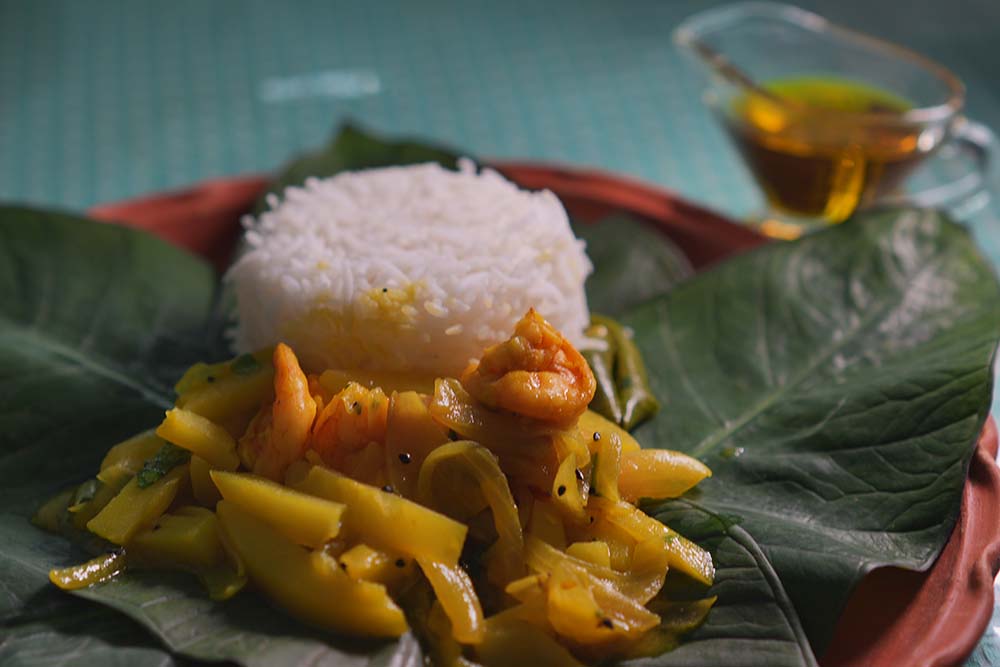
Bengali speciality, Chingri baati chochori by Madhumita Pyne
“As global influences continue to shape our lives, maintaining the authenticity of culinary traditions becomes a conscious effort to hold on to our roots. By sharing recipes, teaching the techniques, and passing on the stories behind each dish, we ensure that future generations continue to cherish and perpetuate the cultural legacy embedded within,” she added.
Fusing Tradition With Technology
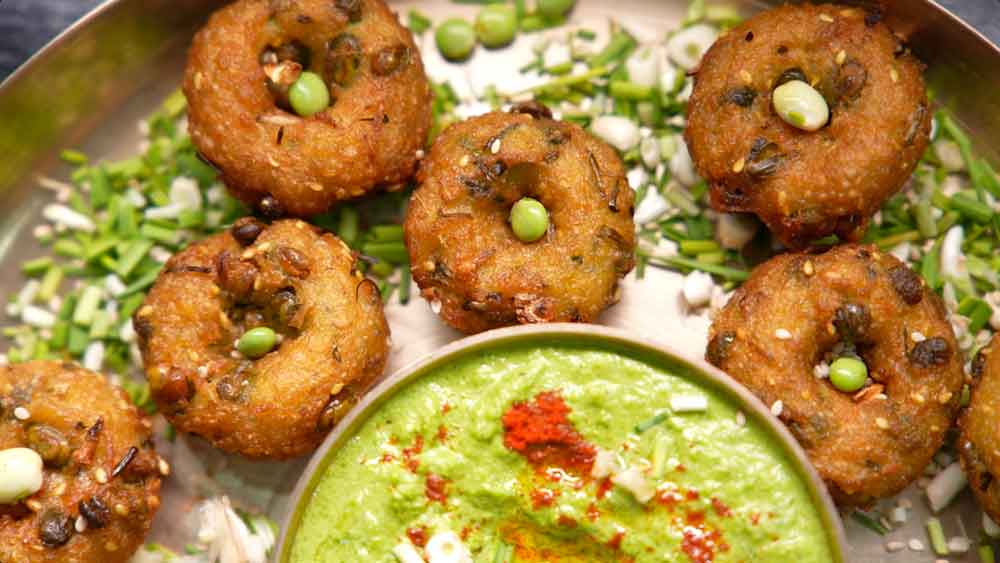
Dhekra, a winter speacial Gijarati snack by Shital Kakad
Ironically, technology, often seen as a disruptor of tradition, can play a pivotal role in its preservation. Kakad strongly believes that social media platforms, online communities, and cooking apps offer spaces for sharing traditional recipes and techniques. “Virtual cooking classes can bridge generational gaps, connecting elders with younger members and enabling the passage of knowledge in the digital era,” she said. Saikia added that online communities centered around cooking and culinary exploration provides a space for enthusiasts to come together, transcending geographical boundaries. “I often come across dedicated forums, groups, and websites where food enthusiasts, experts, chefs exchange recipes, discuss techniques, and share personal experiences related to traditional cooking.”